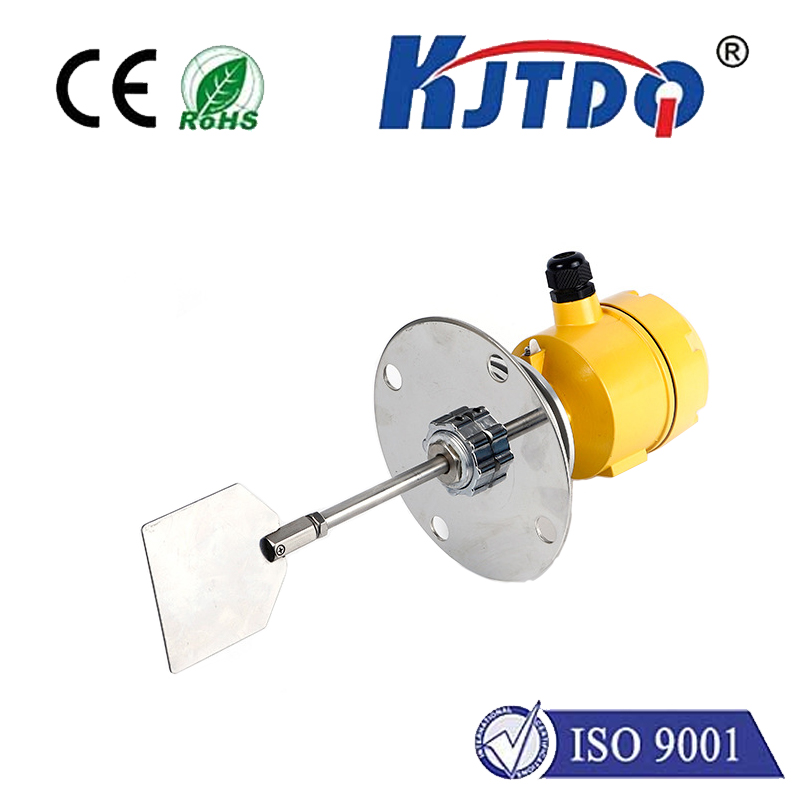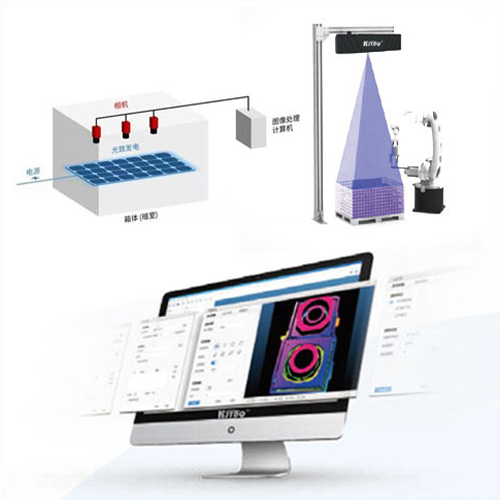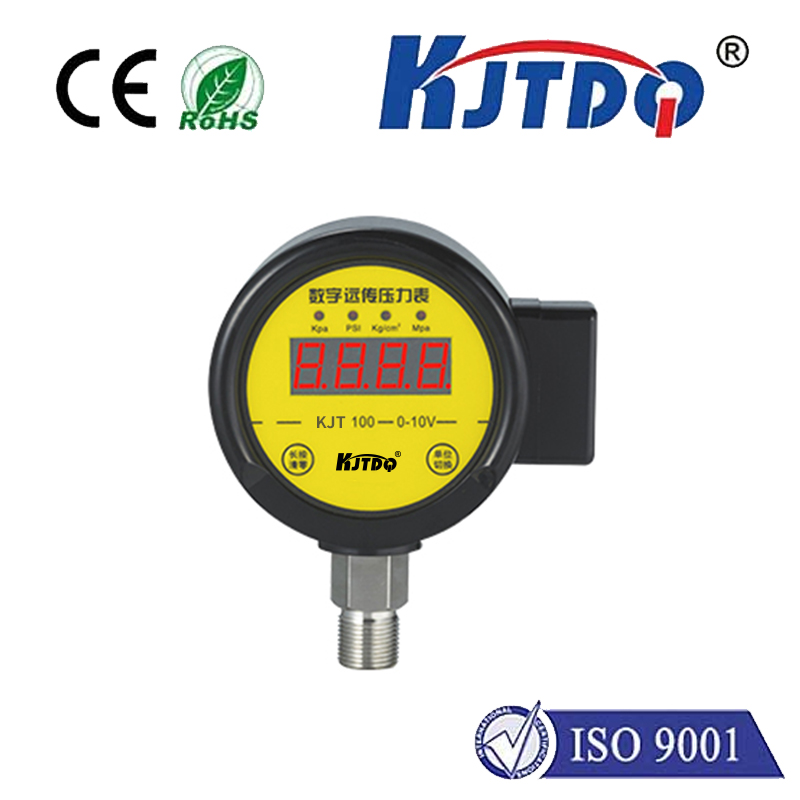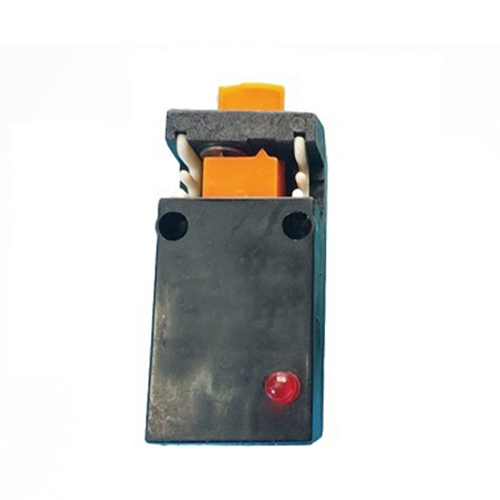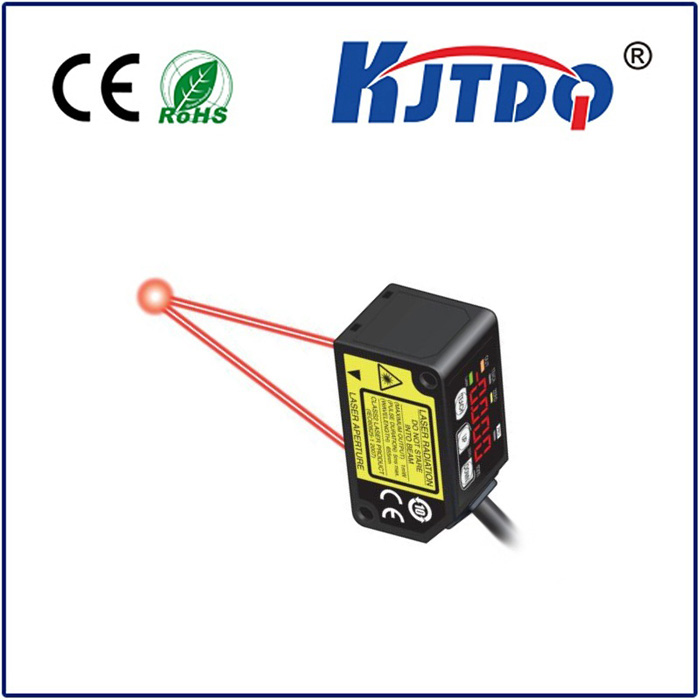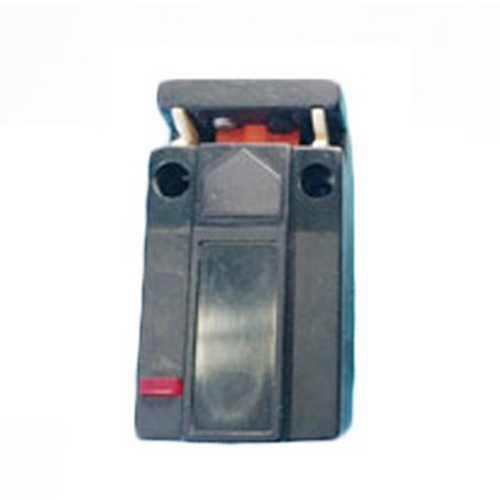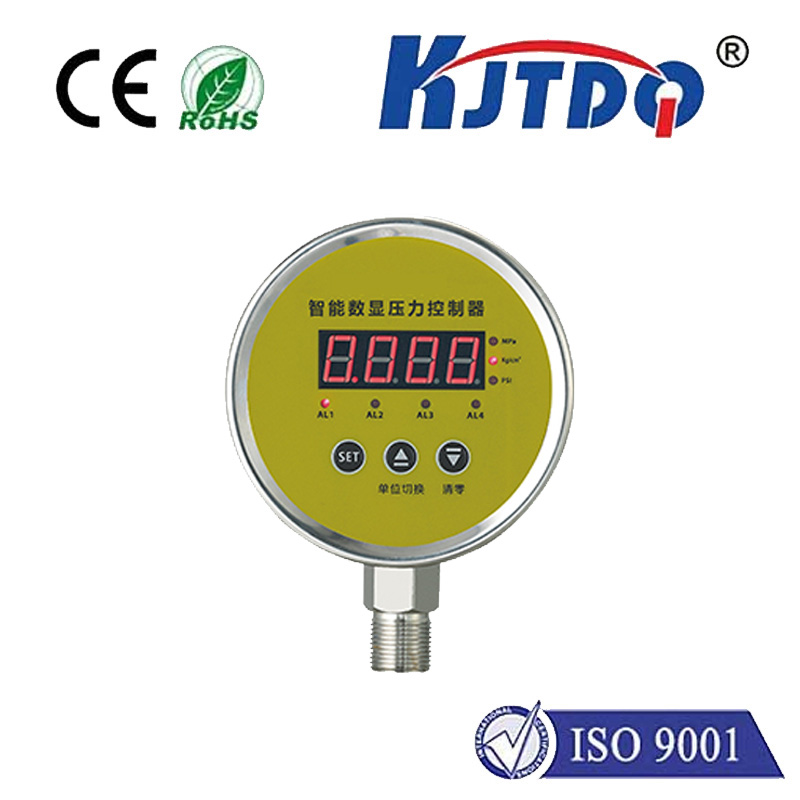pixel 2 proximity sensor
- time:2025-09-09 04:59:24
- Click:0
Pixel 2 Proximity Sensor Issues: Fixes and Function Explained
Ever lifted your Pixel 2 away from your ear after a call, only to find the screen stubbornly dark? Or perhaps the screen stays on while pressed against your face, accidentally activating buttons? These common frustrations often point to a single culprit: the Pixel 2 proximity sensor. While a critical yet unassuming component, its malfunction can significantly disrupt your phone experience. Understanding its role and how to troubleshoot problems is essential for any Pixel 2 owner, especially as these devices age.
What Exactly Does the Proximity Sensor Do?
Nestled near the top edge of your Pixel 2’s display, usually just above the earpiece or tucked within the phone’s bezel, the proximity sensor is a tiny window to a clever piece of technology. Its primary job is simple but vital: detect when an object is very close to the phone’s screen.
This seemingly minor function orchestrates several key behaviors:

- Screen Blanking During Calls: This is its most noticeable action. When the sensor detects your ear or cheek near the screen during a call, it instantly turns the display off. Why? To prevent accidental touches (like muting yourself, hanging up, or dialing numbers with your face!), conserve battery life, and avoid activating the screen needlessly.
- Pocket/Purse Mode: When placed face-down or into a confined space like a pocket or bag, the sensor detects the proximity of surrounding objects and typically keeps the screen off. This prevents unintended wake-ups and button presses, saving power and preventing mishaps.
- Auto Screen Brightness (Minor Role): While the main ambient light sensor handles overall brightness, some algorithms might incorporate proximity data contextually in complex lighting situations, though this is less direct than its call functionality.
Spotting a Faulty Pixel 2 Proximity Sensor
How do you know if your Pixel 2 proximity sensor is acting up? Watch for these telltale signs:
- The Screen Won’t Turn Off During Calls: This is the classic symptom. You answer a call, bring the phone to your ear, but the display stays brightly lit. This leads to accidental face presses – muting, ending calls, or opening apps mid-conversation. Highly disruptive and a clear sensor issue.
- Screen Stays Black After Calls: Conversely, you finish your call and pull the phone away, but the screen remains dark and unresponsive. You might need to press the power button repeatedly to wake it up.
- Screen Randomly Turning Off During Non-Call Use: While less common, a malfunctioning sensor might incorrectly detect proximity even when the phone is sitting on a table, causing the screen to turn off unexpectedly.
- Phone Doesn’t Wake Up When Pulled from Pocket: If the proximity sensor falsely believes it’s still covered, it might prevent the screen from turning on when you take the phone out.
- Proximity Sensor Calibration Failures: Settings tests specifically for the sensor might return errors.
Troubleshooting Your Pixel 2 Proximity Sensor:
Before assuming hardware failure, try these solutions:
- The Universal Fix: Restart: Seriously, it works surprisingly often. A simple reboot can clear temporary glitches affecting the proximity sensor or its controlling software.
- Clean the Sensor Area: Over time, dust, lint, oil, or even a poorly applied screen protector can physically obscure the tiny sensor window. Gently clean the area near the earpiece with a soft, dry, lint-free microfiber cloth. Avoid liquids. Ensure no screen protector film is covering the sensor cutout.
- Check for Software Culprits:
- App Conflicts: Boot into Safe Mode (hold power button > long-press “Power off” > tap “Safe Mode”). If the proximity sensor works normally here, a recently installed third-party app is likely interfering. Uninstall apps one by one to find the offender.
- System Updates: Verify you have the latest available Android update installed. Google often patches bugs related to sensors in updates (though major updates for the Pixel 2 have ceased, minor security patches might still hold relevant fixes).
- Reset App Preferences: Go to Settings > Apps & notifications > See all apps > Tap three dots > Reset app preferences. This won’t delete app data but resets permissions, notifications, and default app settings, sometimes resolving conflicts. Remember to re-set default apps afterward.
- Reset Wi-Fi, Mobile & Bluetooth: Go to Settings > System > Reset options > Reset Wi-Fi, mobile & Bluetooth. This clears network-related settings that might sometimes cause ancillary issues. Reconnect to networks afterward.
- Recalibrate the Sensor (If Possible): While Pixel devices don’t always have a built-in, user-facing calibration tool for the proximity sensor like some other brands, it’s worth checking:
- Dial
*#*#7378423#*#* (*#*#SERVICE#*#*) to access the Service Menu > QC Test Menu > Proximity Sensor Test. Follow on-screen instructions (usually involving covering/uncovering the sensor). This tests rather than calibrates, but sometimes the process helps. Clear background light interference.
- Third-party “sensor calibration” apps exist, but proceed with caution. Their effectiveness is debated, and some require root access, potentially voiding warranty or causing instability (especially on older devices). Research thoroughly.
- Clear Cache Partition: Boot into Recovery Mode (turn off > hold Power + Vol Down > use Vol keys to scroll to Recovery Mode > press Power > when Android logo appears, hold Power + press Vol Up once > choose “Wipe cache partition”). This clears temporary system files that might cause issues. Doesn’t delete personal data.
- Perform a Factory Reset: The nuclear option. Back up everything first! Go to Settings > System > Reset options > Erase all data (factory reset). This eliminates any deep-seated software corruption. If the proximity sensor issue persists after a reset, hardware failure is almost certain.
When Hardware is the Issue:
If software fixes fail, the proximity sensor itself or its connection might be damaged. This is more likely:
- After Physical Damage: Drops or impacts, even seemingly minor ones, can damage the sensor or its connector ribbon cable. Water damage is also a prime suspect.
- After Screen Replacement: If the screen was replaced, the repair technician might not have reconnected the proximity sensor cable properly, damaged it, or installed a low-quality replacement screen assembly that doesn’t integrate the sensor correctly. Always ensure reputable repair services are used.
- General Wear and Component Failure: Electronic components can degrade over time.
Hardware repair requires disassembling the phone and either reseating/replacing the proximity sensor component (if it’s separate) or, more commonly, replacing the entire front assembly that houses the sensor within the screen module. This is best left to professional repair technicians unless you have







